The U.S. continues to be impacted by the lack of available skilled workers that are essential to our everyday life and the growth of our economy. Cultural shifts in perceptions of skilled labor jobs and the “college at all cost” mentality has resulted in an unprecedented number of open positions in essential, well-paying jobs.
With the majority of the available workforce between the ages of 19-39, there must be a focused effort to turn the tables by connecting, engaging and appealing to this demographic.
Built for the Industrial Era, Not the Digital Era — America’s Apprenticeship Model
For the last 150+ years, the U.S. built the next generation of skilled workers through apprenticeships. The tradition was that experienced workers passed down their knowledge and passion for their craft to the next generations. While not scalable, this served the workforce well, but began to fall out of favor in the last few decades.
While the demand for skilled labor continues to outpace available candidates, the apprenticeship model adds friction to developing new talent. Businesses demand fast ROI; consumers demand instant response and gratification, and the costs and time required to build and maintain apprenticeship programs make them unappealing to students, educational institutions and organizations nationwide.
Apprenticeships will always be valuable, but must be augmented with modern training methods to provide a scalable model that will evolve with society’s needs.
How to Educate the Digital-First Generation
59% of the available U.S. workforce are digital natives, or what we refer to as the digital-first generation. This population grew up and came of age in a world dominated by technology and instant gratification.
Conditioned to look to technology for answers quickly, they believe it is more efficient to jump in and start clicking, rather than to waste time trying to figure something out by reading instruction manuals.
Comersive Learning is a completely immersive and connected learning experience that provides new recruits and experienced pros a better way to master new skills, connect with expertise and build meaningful, high-paying careers.
Comersive Learning — Reimaging the Way We Train, Motivate and Retain a Skilled Workforce
Realistic and affordable, VR and AR technologies are being leveraged for higher-value purposes such as virtual, hands-on field training and 3D training simulations in aviation, healthcare and military settings.
Studies have repeatedly confirmed the idea that students are more likely to be motivated and retain what they’ve learned when they are actively engaged in a learning experience.
Virtual reality can deliver just that, recreating lifelike simulations that engage mind and body.
Incorporating virtual reality and 3D simulations has become a component of curriculum and job training for early adopters, and will continue to be in the decade to come.
Energizing Skilled Trades Professions
The digital transformation of industries — long overdue in skilled trades — is changing business models, improving productivity and making teams more nimble.
Connecting with young and future generations is required to attract, engage and retain workers through satisfying and rewarding careers. Virtual technologies are being lauded as the first real tech advancement to impact hands-on trade skills.
More than just a set of training videos, Comersive Learning platforms that span beginner to master-level skills, provide on-demand access — even from the job site — and manage personalized digital mentorship programs to build confidence and career momentum.








